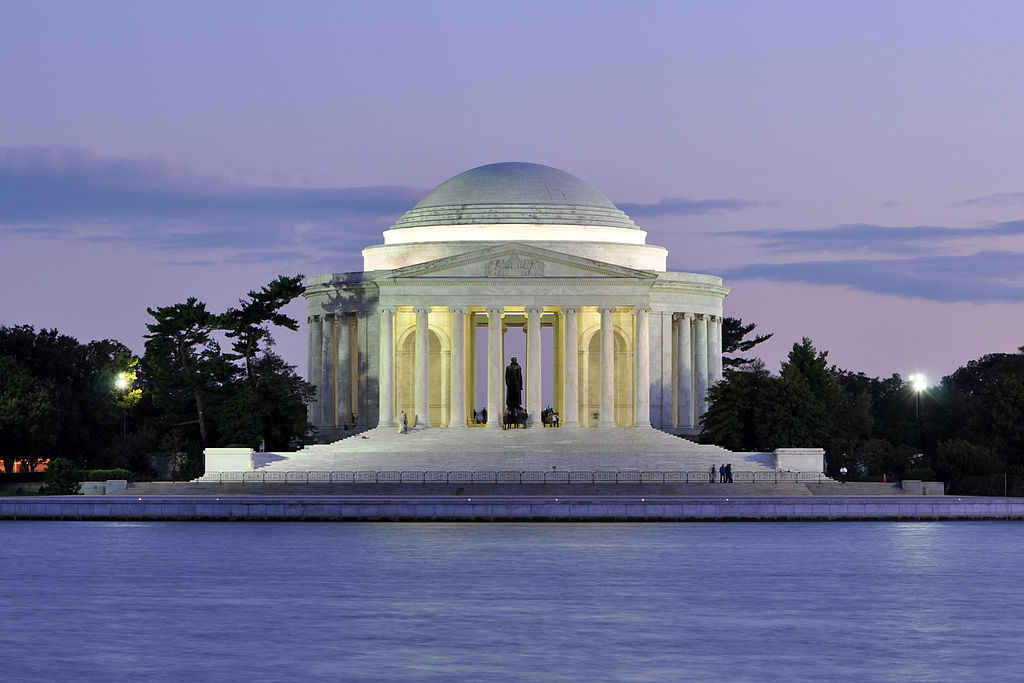Despite a global pandemic and widespread demands for substantive racial justice, monuments have once again become a flashpoint for conflict over American identity and values. While the focus has been on Confederate monuments, increasingly others have been targeted as well. I can’t say I agree with all of the ones that have come down, but my emotional energy is too preoccupied with the 600,000+ global COVID-19 deaths to mourn a statue that’s lost its head.
Even so, I recoil at the idea that monuments once erected can never be removed. The president’s executive order protecting monuments is the latest in a long history of denying local autonomy to the communities where they stand. Take, for instance, the case of Virginia, where, until April 2020, local governments were barred from removing or even contextualizing Confederate monuments. If a monument is a part of the fabric of a community, it should be the decision of that community whether it comes down (federal monuments, such as at Gettysburg National Military Park, are different, and already are protected as such). I would prefer a more deliberative process for reshaping any of our public spaces, but if our government fails to provide one, I can’t blame people who would try a more immediate solution.
More than an issue of local control, there is a question of generational rights—whether we have an obligation to live in the shadow of decisions that no longer align with our values. As monuments are created in the context of their times, I believe that removing them should be a valid course of action if those contexts change.
Thomas Jefferson himself spoke to this issue in a 1789 letter to James Madison. The bulk of the letter has implications for debates over the national debt, centering on the right of one generation to encumber the next with such a burden, but Jefferson is also clear that the rights of the living generation extend further. He writes:
On similar ground it may be proved that no society can make a perpetual constitution, or even a perpetual law. The earth belongs always to the living generation. They may manage it then, and what proceeds from it, as they please, during their usufruct.
Later in his letter, Jefferson estimated the natural lifespan of a law to be only about 19 years. Beyond that, he argued, the default should require the new generation to renew the law if they want it to continue, rather than obligate them to repeal it if they don’t. Otherwise, such a law would be “an act of force and not of right” upon successor generations.
Monuments aren’t laws, but both are embodiments of the values of any one moment in time. As the living generation, we can make the case for certain values, we can lay the framework to help keep them, but to cement them in perpetuity would be an act of doomed hubris—for the next generation will choose how to live their lives one way or another. Like such laws, monuments are a way of anchoring a certain point-of-view for future generations. If the earth belongs to the living, we have a right to determine which monuments stay and which go.
What’s in a monument, anyway? When asked why he didn’t have a statue at Gettysburg, Daniel Sickles apparently claimed that the whole battlefield was his monument. Jefferson’s own descendant has recently argued that Monticello is a more fitting memorial than the shrine in Washington.
Monuments are, admittedly, more than just a hunk of stone or a bronze-cast effigy. They’re infused with meaning, for better or worse, but as historians keep pointing out, that doesn’t mean that we’ll lose our history without them. If politicians are serious about improving the public’s understanding of history, they should stop threatening funding to universities, archives, and the National Endowment for the Humanities.
We are indebted to our founders and all those from past generations who made it possible for Americans today to aspire to our highest principles. We owe them more than statues—we owe them the fulfillment of the work they began, the great experiment of American democracy. Democracy is not settled and cast in bronze—it’s a participatory experience. Our country itself is a living memorial to our founders, and it’s the only monument that the next generation can’t easily rebuild.
